Can You Restain Engineered Wood Floors Without Deep Sanding? restaining engineered wood floors without removing the finish
restaining engineered wood floors without removing the finish
Restaining Engineered Wood Floors Without Removing the Finish
Answering questions about restaining engineered wood flooring without removing the finish. Yes, we get this question quite often. Can You Restain Engineered Wood Floors Without Deep Sanding?
Yes — but only in very limited cases, and it’s usually not true “restaining” in the traditional hardwood refinishing sense.
Here’s the breakdown:
How Engineered Wood Is Built
- Top layer (veneer): A thin slice of real hardwood (often 0.6–4 mm thick). restaining engineered wood floors without removing the finish
- Core: Plywood or HDF layers for stability.
- Factory finish: Usually, aluminum oxide or polyurethane, which is extremely durable and not porous.
That factory finish prevents new stain from penetrating, which means you can’t simply brush stain on top and expect it to soak in evenly.
Restaining Without Sanding Off the Finish
If you want to change the colour without removing the original finish, you can only apply a surface colour treatment (more like painting than staining). This is often done with:
- Tinted polyurethane (toner) applied as a topcoat.
- Gel stain or specialized wood-colouring products that adhere to finished surfaces.
- Professional “screen and recoat” with a tinted finish.
Pros:
- No full sanding required → less mess, less risk of damaging thin veneer.
- Can darken or slightly shift colour tones.
Cons:
- Limited colour change (can’t go much lighter).
- It won’t look as “natural” as a full refinish.
- If it is improperly done, peeling or uneven coverage is very much a possibility.
 Buffing and Recoating of Engineered Hardwood Flooring
Buffing and Recoating of Engineered Hardwood FlooringTrue Restaining Requires Finish Removal
If you want a completely different wood tone (especially lighter), you must sand off the factory finish and original stain—but with engineered wood, this is risky:
- If the veneer is too thin (<2 mm), sanding can cut through to the core.
- If thick enough, you may get 1–2 light refinishes in the floor’s lifetime.
Practical Recommendation

When To Refinish Without Sanding Vs. Traditional Sanding
Here’s a clear breakdown of when you could choose a “refinish without sanding” method (often called screen and recoat or buff and recoat) versus a full traditional sanding and refinishing. Usually, after assessing your Engineered Flooring, we do not recommend the traditional refinishing. Here is why.
Listen up, this is crucial!
Refinishing Without Sanding: Screen & Recoat or Buffing Recoat
What it is:
Lightly abrading the existing finish (no wood removal) and applying a fresh coat of clear finish—sometimes with a slight tint for colour adjustment.
Best for:
- Floors in good structural condition (no deep scratches, stains, or warping).
- Light to moderate surface wear—finish is dull, lightly scratched, or mildly discoloured.
- Homeowners who want to refresh the look and add protection without major downtime.
- Engineered wood with a thin veneer that can’t handle full sanding.
Advantages:
- Faster and less messy (usually 1 day).
- Much cheaper than full sanding (often 30–50% less).
- Extends the life of your floor’s finish.
- Safe for most engineered floors.
Limitations:
- It won’t remove deep scratches, gouges, pet stains, or sun bleaching.
- Can’t drastically change wood colour—only subtle shifts with tinted finishes.
Traditional Sanding & Refinishing
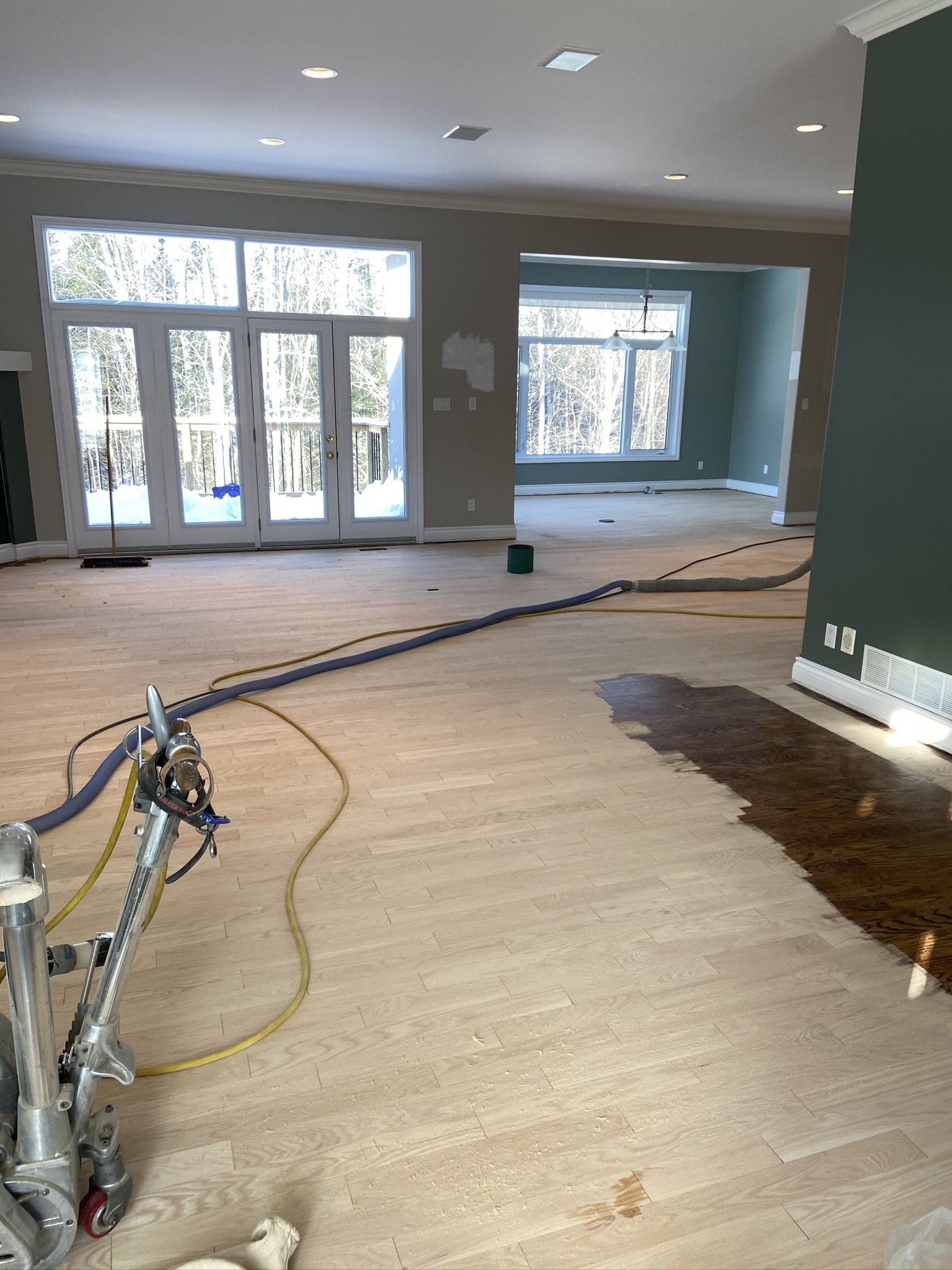
What it is:
Grinding down the wood surface to raw wood, removing all finish and colour, then applying new stain and topcoat.
Best for:
- Floors with deep scratches, stains, or water damage.
- Major colour changes (light to dark or dark to light).
- Floors with old, peeling, or heavily worn finishes.
- Solid hardwood floors or engineered floors with a thick veneer (≥3 mm).
Advantages:
- Complete reset of the floor’s appearance.
- Freedom to choose any stain colour.
- Removes surface imperfections, dents, and deep discolorations.
Limitations:
- More expensive and time-consuming (several days).
- Creates more dust and disruption.
- Risky for thin engineered floors—can sand through veneer.
Deep Sanding May Be Necessary IF:
- The floor has a wax finish over polyurethane
- You want to change the wood’s colour completely
- There’s significant unevenness between boards
- Water damage has fully penetrated the wood
- Deep scratches or gouges penetrate the finish into the wood.
- Pet stains, water rings, or dark spots have soaked into the wood fibres.
- Severe sun fading or discoloration that can’t be corrected with a topcoat.
- Peeling or flaking finish where adhesion has completely failed.
- Major colour change desired (especially going from dark to light tones).
- Uneven surface from past repairs, patches, or improper finishing.
- Warped, cupped, or uneven boards that require levelling.

Let's talk about the benefits of refinishing the Engineered Wood Flooring, without deep sanding
Most suitable for:
- Floors with surface-level scratches and wear
- Hardwood with thin top layers
- Vintage floors that require gentle and careful treatment
- Busy households needing quick update solutions
Preserves the Floor’s Lifespan
Cost-Effective Solution
Minimal Downtime & Disruption
Lower Dust, Healthier Home
Refreshes the Look & Feel
Quick Boost to Property Value
Eco-Friendly Option
Option for Slight Colour Enhancement
Additionally, this approach preserves the wood’s original thickness and character, particularly valuable for floors that have undergone multiple sandings. restaining engineered wood floors without removing the finish
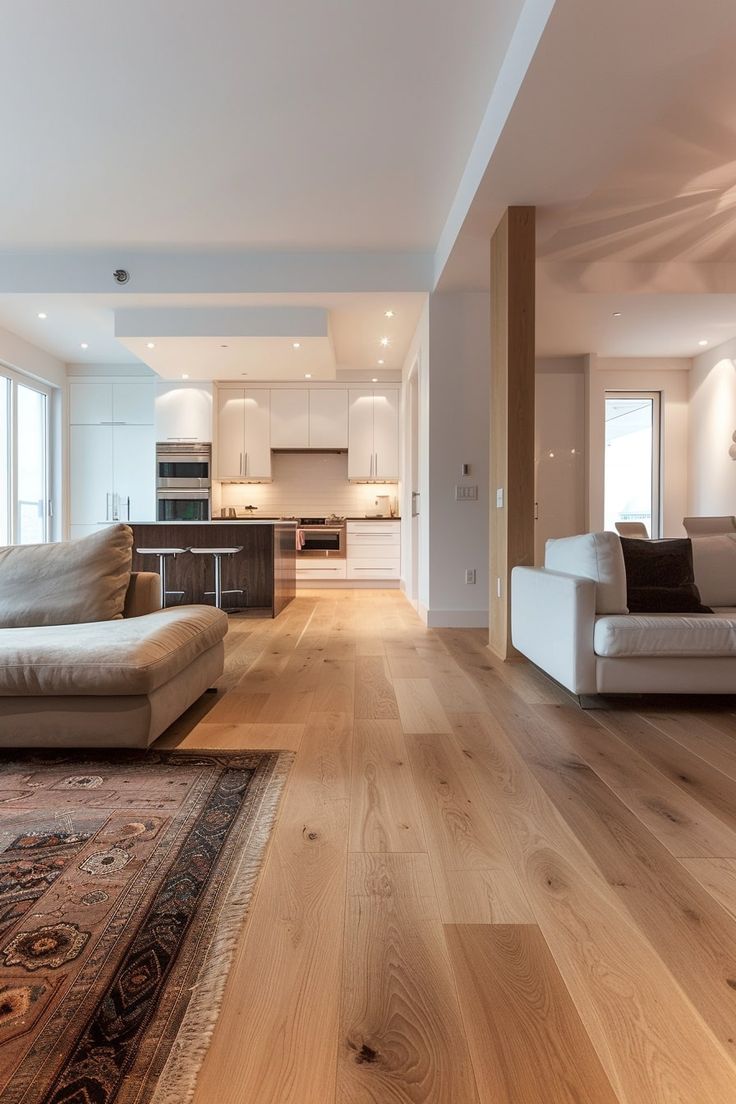
Quick Decision Guide
Condition of FloorFinish is dull, lightly scratched Minor surface wear only Deep scratches, pet stains, water rings Major colour change desired Engineered wood, thin veneer Solid hardwood, thick wear layer |
Recommended MethodScreen & Recoat Screen & Recoat Full Sand & Refinish Full Sand & Refinish Screen & Recoat Either (depends on damage) |
Please keep in mind that if you maintain your floors with a buffing recoat every 3–5 years, you can delay or even avoid the need for a full sanding for decades. restaining engineered wood floors without removing the finish

Return to Home Page
Return to the top of the Restaining Engineered Wood Floors page.
Visit our Instagram


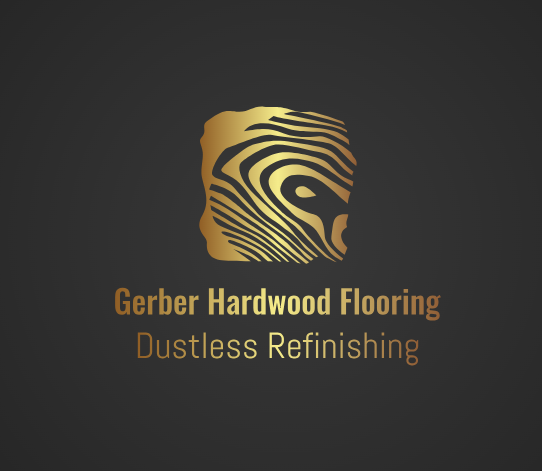





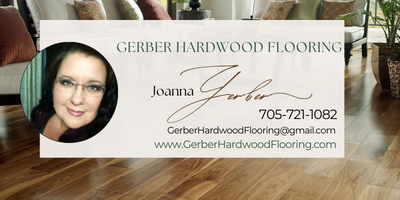

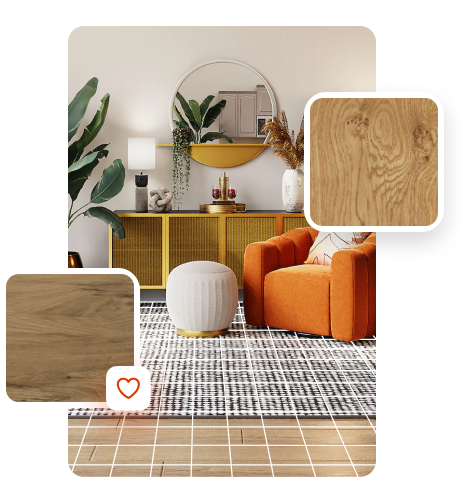

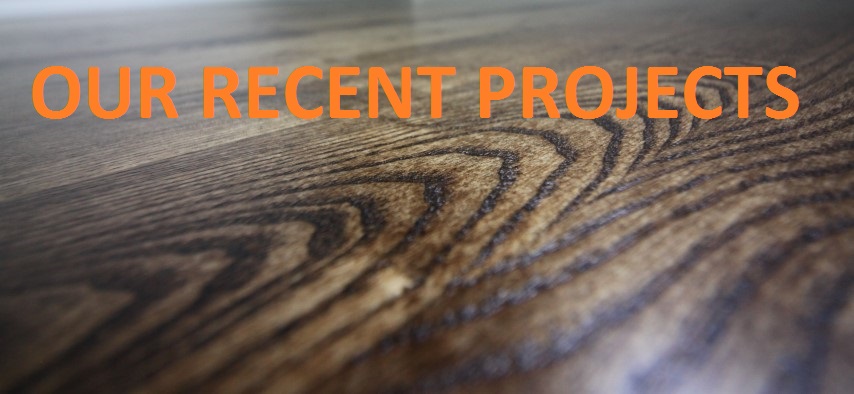





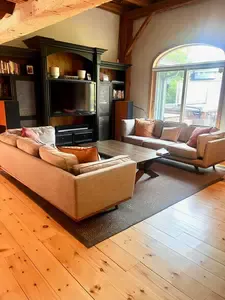






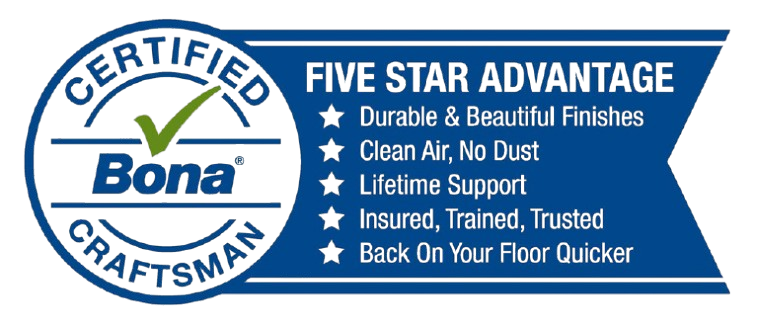



New! Comments
Have your say about what you just read! Leave me a comment in the box below.